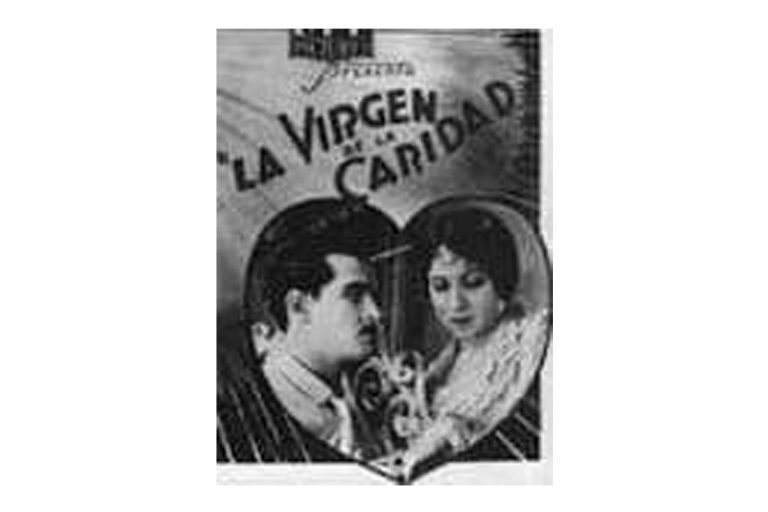The debut of Camagüey city on the big screen is located in the first decade of the 20th century. This fact is marked by the arrival of Enrique Díaz Quesada to the town at the request of Pablo Santo, a member of the Santos y Artigas firm that emerged around 1904 as a premise for film distribution and production.
The director had as a commission the filming of the inauguration in April 1908 of the electric tram. The idea was rejected by the refusals of Roberto Betancourt, administrator of The Camagüey Electric Company, who was expected to sponsor the recordings.
The creative soul never abandoned Díaz Quezada, who at that time was unfolding as director, producer, photographer and editor of his projects. Despite the mishaps with the tram project, he decided to take Pablo Santo’s suggestion and film the popular celebrations of Camagüey, whether it was San Juan or the Fair of Charity, which would later remain as important historical documents.
The short
As a reference for his works at this time, we can speak of the short film Los festejos de la Caridad en la ciudad de Camagüey. This work is surrounded by several dilemmas, since its filming date appears in various bibliographies as September 14th, but the year is disputed between 1908 and 1909.
On the other hand, the original copies disappeared in Havana in 1922 in a destructive fire of the filmmaker’s works, leaving El parque de Palatino as the only copy. Only scattered memories of this documentary remain, a few photographs and their description as a framework for the plot of the novel by José Ramón de Betancourt Una feria de La Caridad en 1830 y…
The short that is part of Cuban documentary reflects, as its name tells us, the images of the festivities that accompany the Charity Fair during some days of September in the aforementioned city. Among the enthusiasts who supported this project was Antonio Villar Ponte, director of the newspaper El Comercio. For the filming of the same Enrique Díaz uses a tram to make a traveling that covered a wide stage, honoring the discovery of the Lumiere brothers by placing the camera on a gondola in the Venetian canals.
Enrique Diaz Quesada
It was then, in the lens of this important director that the city of Camagüey was documented for the first time under the magic of cinema. With the early death of Enrique Díaz Quesada at only forty years of age, Cuban cinema received a blow from which it would be difficult to recover.
He achieved the deserved qualification of “the father of Cuban cinematography.” Meanwhile, the inhabitants of Camagüey city baptized him as “the Cuban Pathé.” It is the most distant predecessor of newscasts with images and the pioneer producer of silent fiction films. He took the first steps towards the creation of an industry or, at least, the creative continuity of a “national cinema” by his uninterrupted and almost solo work from 1906 until his death in 1923.
Bibliography
- (2018) Bitácora el cine cubano. Tomo 1. 1897-1960, La República. Ediciones La Palma.
Translated by: Aileen Álvarez García






